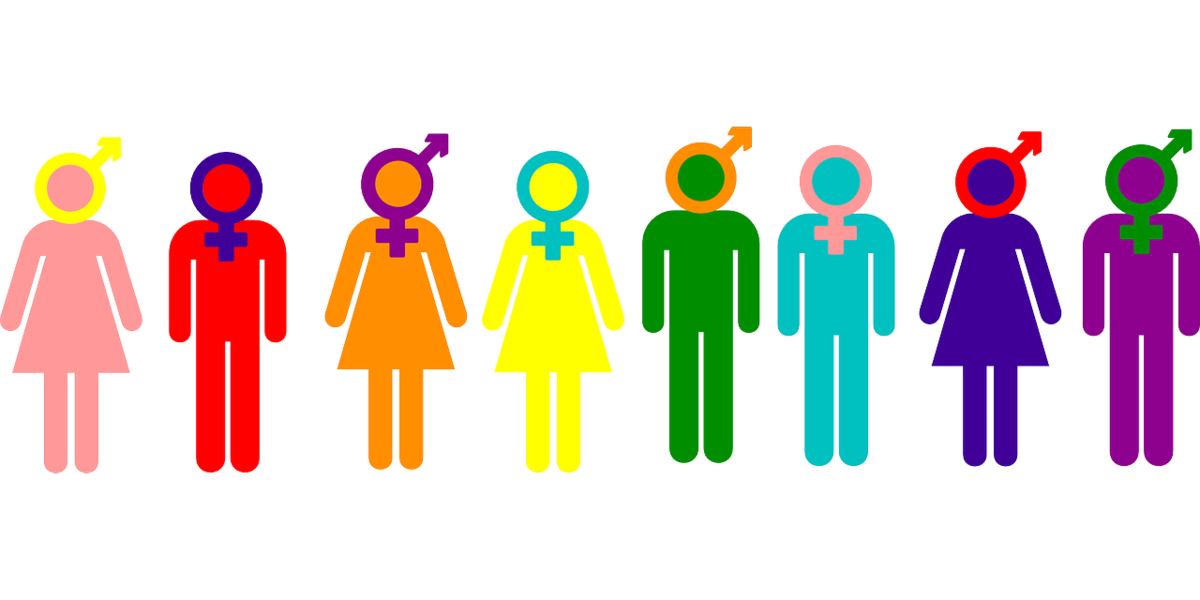
LGBTI+ Inclusion
Little Athletics NSW, together with our Little Athletics centres, are committed to encouraging greater inclusion across a diverse population, so that all children and their families feel safe, accepted, and welcomed into our athletics communities.
To ensure inclusion is embraced at all levels of Little Athletics, we are committed to developing and implementing policies, programs, and practices that protect and promote this value and provide opportunities that meet the needs of these diverse communities.
Play by the Rules in partnership with Proud 2 Play have developed a free, interactive online training course on creating an LGBTI+ inclusive club, which is suitable for coaches, administrators, officials, players, and volunteers.
Click Here to complete the course or find out more!
LGBTI+ Inclusive Language
A great way to create a more inclusive environment at your Little Athletics centre is to be informed about the use of respectful and inclusive language when talking with or referring to LGBTI+ people. By being aware and by using inclusive language, it demonstrates that Little Athletics is a safe and accepting space for all people to participate and be a part of our sporting community and culture.
Pride in Sport have a whole page dedicated to LGBTI+ terminology and inclusive language on their website. Find it HERE.
Or download the full summary sheet HERE.
Proud 2 Play is an organisation dedicated to ensuring LGBTI+ people can lead active and healthy lives. The team have put together a range of very useful resources to support sports clubs in achieving this vision.
Find the full list of their resources HERE.
Guidelines for the Inclusion of Transgender and Gender Diverse People in Sport
Little Athletics NSW support the Guidelines for the Inclusion of Transgender and Gender Diverse People in Sport, written and compiled by the Australian Human Rights Commission, Sport Australia and COMPPS (The Coalition of Major Professional & Participation Sports).
Find the full copy of the guidelines HERE.
Section 2 – About the Guidelines
Section 3 – Commonly used terms
Section 4 – What does the law say?
Section 5 – How can my sporting organisation be inclusive? (Good Read)
Take steps to create a more inclusive environment for our rainbow community at your centre by following our guidance at the links below:
Pronouns.
In the image above you will see a number of different pronouns, including conventional pronouns - ‘she/her/hers’ or ‘he/him/his’ and gender neutral pronouns - ‘they/them/theirs’, which people may choose to use to describe how they identity.
Becoming familiar with the appropriate use of pronouns and other inclusive language is one simple step to ensuring that everyone, including children, their parents, supporters, and our volunteers, all feel accepted and comfortable.




